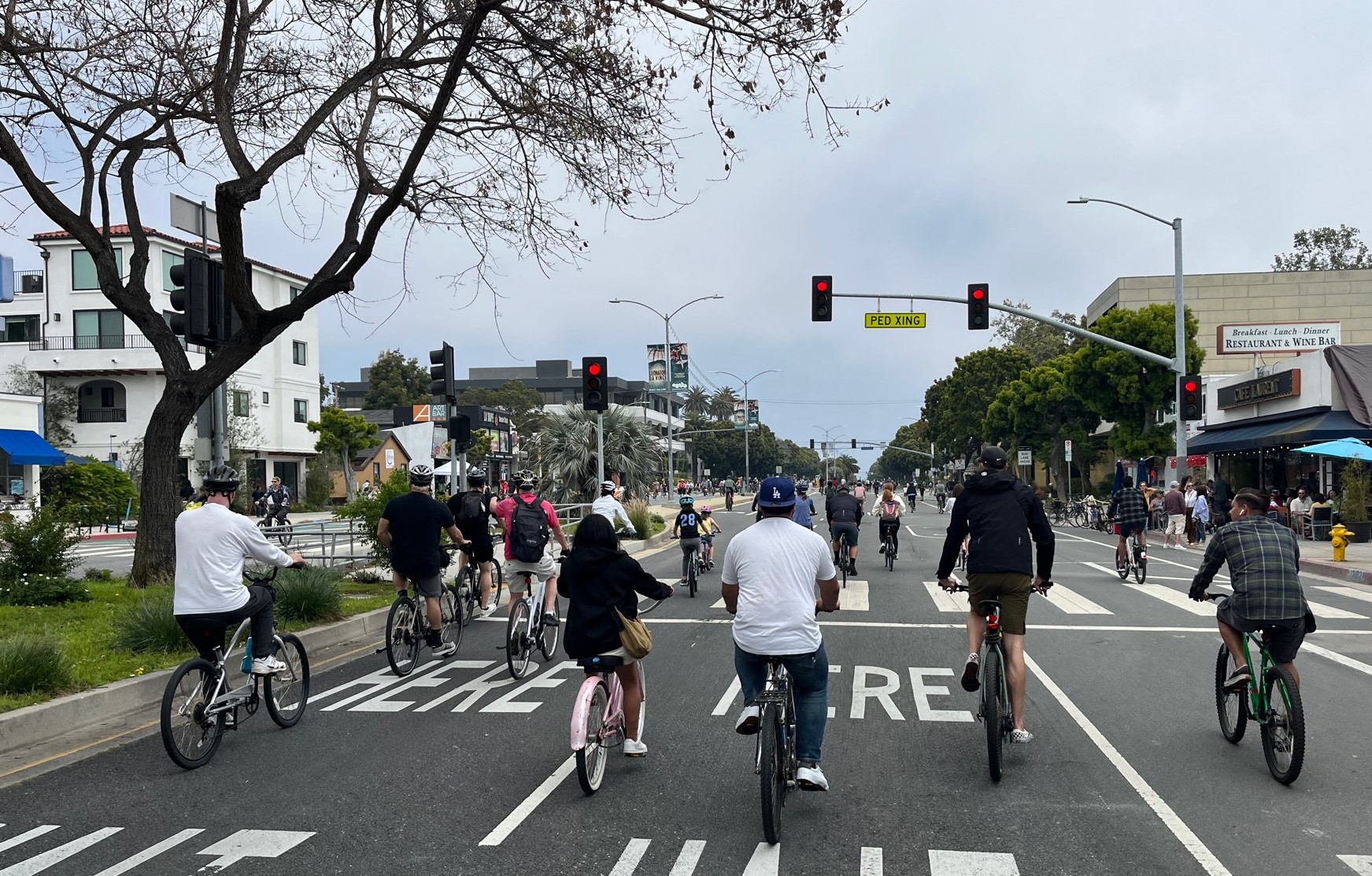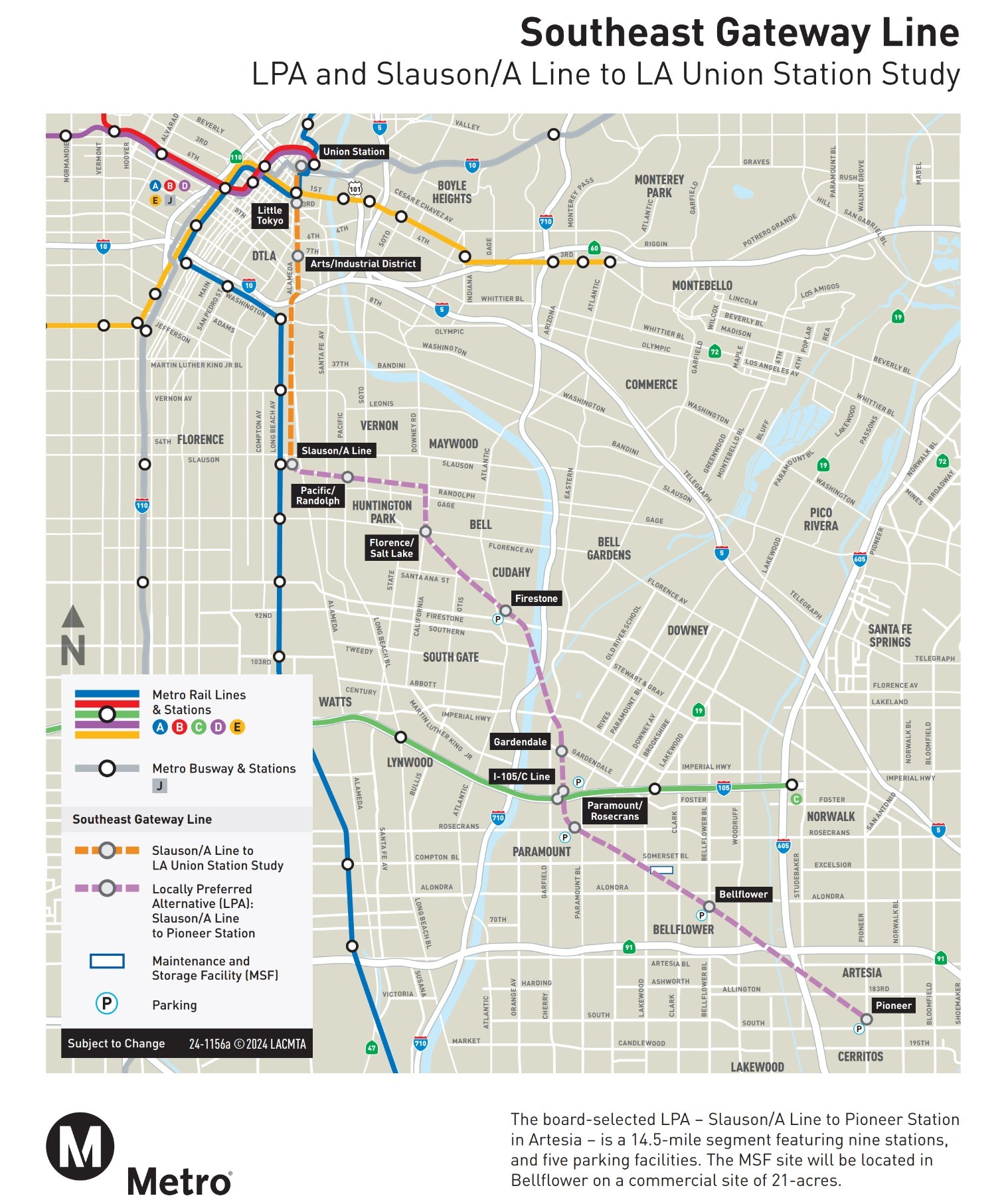The passage of Metro's Long Range Transportation Plan last week has helped heat up a national conversation about Los Angeles, how it grows, how it moves and the future of our Metropolis. Of course, Diane Meyer's "World Without a Car" exhibit has people locally thinking outside the auto; but others are picking up the conversation such as the Transport Politic and Think Progress' Matt Yglessias. However, that debate shows us one critical missing link in our transportation planning.
We still don't know how Angelenos move from place to place. For the most part, we're still reliant on census figures that only ask about commuting trends, traditionally under-count people of lesser means and definately under-count immigrants. Recently, the Los Angeles Department of Transportation, in their most
recent report on how the city is going to spend its Measure R funds, reported that combined, 3.6% of Angelenos commute by bicycle or by walking in Los Angeles based on figures provided by the Southern California Association of Governments. Outside of major projects or reports that require them, the city does not do bicycle or pedestrian counts leaving planners reliant on bad statistics or guesswork based on personal observations and biases.
When commenting to the Council on the report, I wondered how 96.4% of people commute without walking at all; but of course I realize that they are referring to the dominant mode in the commute. However, that number shouldn't be used as an excuse to under-fund pedestrian improvements. After all, the city worker that drives from the Valley to the large parking lot to the West of City Hall is reliant on safe crossings to get from his car to the office, just as the dedicated pedestrian is reliant on a series of safe crossings to get from place to place.
But if the city is reliant on census figures that over-count the number of car-reliant transportation trips, then advocates for car alternatives are always going to be behind the game. For example, my wife is a car commuter when she's not on maternity leave, but I would estimate that less than half of her total trips involve getting in her car. Trips to the store, park, Farmer's Market, gym, and around the neighborhood are done on foot or on bike. The census, the data source relied on by the city, completely discounts those trips because it only measures commuter trips.
The situation has become so dire that the Los Angeles County Bike Coalition has begun measuring its own bike counts, and news organizations have begun running their own polls to try and get a picture of what's actually happening on the street. While a recent poll by the LA Downtown News' results were similar to those completed by City Planning, the unscientific method of asking one's readers how they commute, will certainly lead to those results being dismissed.
Speaking of City Planning, the process that created the new Downtown Street Standards included bicycle and pedestrian counts and those standards are amongst the most progressive ones in the county. The standards promote bike lanes, sidewalk widenings and open space. When an agency bothers to actually check what's happening, the results are planning documents that favor "non-motorized transportation." For more on the street standards, listen to Streetsblog interview the Urban Design Studio's Emily Gabel-Luddy.
As the city moves forward with it's Bike Plan and other community plans, it's past time that it begins gathering data on it's own about the effected areas. Relying on the census and the guesswork of engineers who have looked at their job as finding the best way to move cars is only going to lead to wider roads, unhealthy communities and a rising Car Culture, even as that way of planning wanes in the major cities around the United States.






